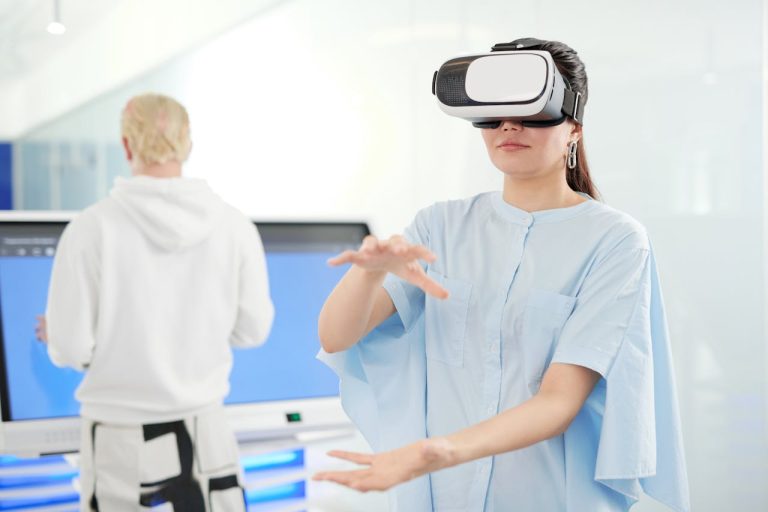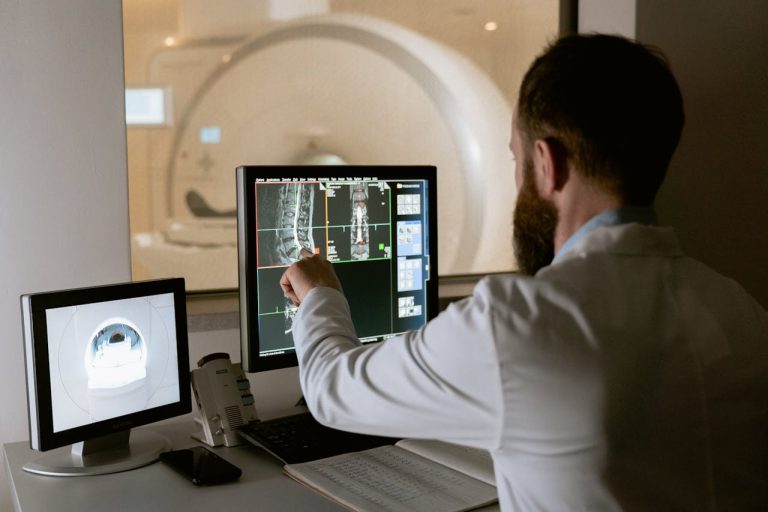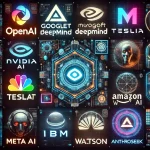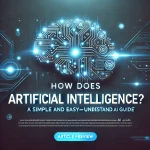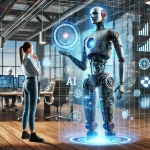Introduction: Was the Birth of AI Inevitable?
Why was AI created? Over the past few decades, artificial intelligence (AI) has evolved from a science fiction concept into a transformative force shaping our world. From ChatGPT and self-driving cars to precision medicine, AI is revolutionizing industries and everyday life. But its rise was no accident—it was fueled by technological advancements, societal demands, and economic incentives. So, what were the key driving forces behind the creation of AI?
1.The Technological Foundation of AI – The Leap in Computing Power
Moore’s Law and the Exponential Growth of Computing Power
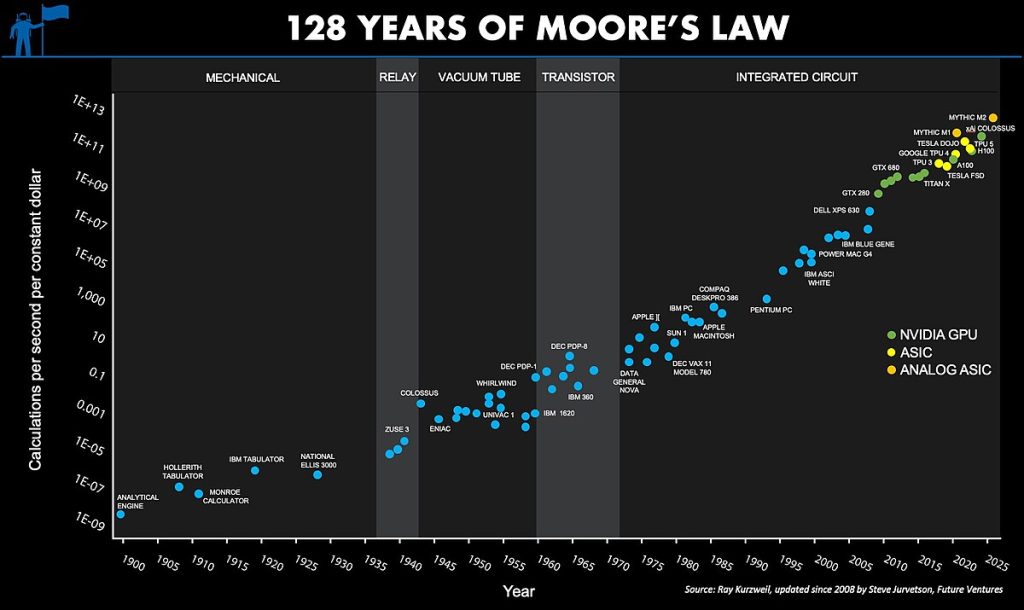
Since the 1960s, Moore’s Law has predicted that the number of transistors on a chip doubles every 18-24 months, leading to a significant decrease in computing costs. This exponential growth in processing power has enabled machines to handle increasingly complex tasks, providing the foundation for AI algorithms to thrive.
The Rise of Big Data: The Fuel for AI

Image source: Wikimedia Commons, CC BY-SA 4.0
AI relies on vast amounts of data to train its models. In the digital age, data is being generated at an unprecedented rate through social media, e-commerce, IoT devices, and more. This massive data explosion has provided AI with the necessary “fuel” to improve accuracy and decision-making.
Breakthroughs in Neural Networks and Deep Learning
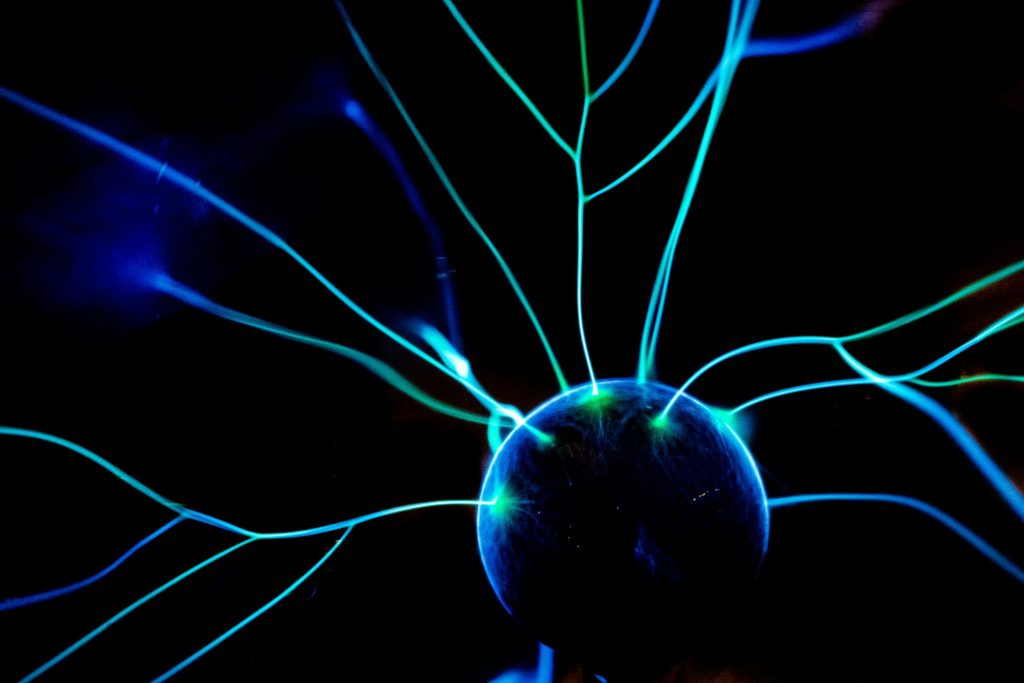
Although AI concepts date back to the 1950s, progress was slow due to limitations in computing power and algorithm design. However, after 2010, breakthroughs in deep learning—particularly convolutional neural networks (CNNs) and transformers—led to major advancements in image recognition, natural language processing, and more.
2.The Economic and Social Forces Driving AI
Industrial Transformation and Automation
As economies transition from manufacturing to digital industries, businesses seek more efficient production methods. AI optimizes supply chains, enhances efficiency, and reduces costs, making it a key driver of the fourth industrial revolution.
Labor Shortages and Workforce Automation
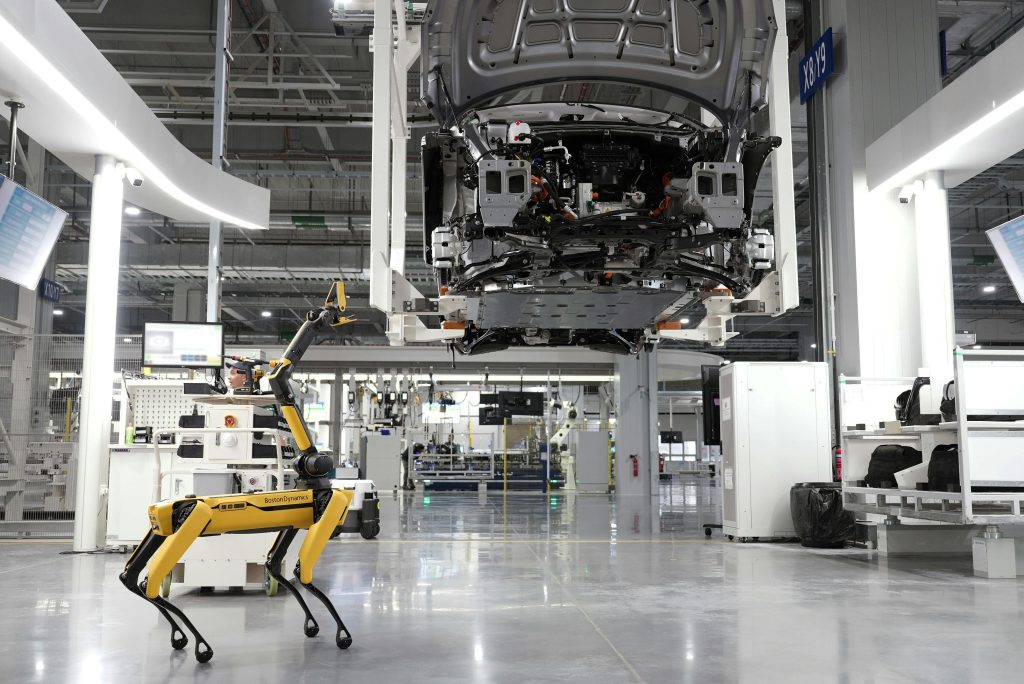
Countries facing aging populations and labor shortages—such as Japan and the U.S.—are investing in AI-driven automation. From caregiving robots to self-driving trucks, AI is stepping in to fill workforce gaps.
Venture Capital and Corporate Investments
Why was AI created? AI’s potential economic value has attracted billions in investment from tech giants like Google, Microsoft, and Tesla. Additionally, venture capital firms are funding AI startups, accelerating the commercialization of AI-driven solutions.
3.The Role of Policy and Ethics in AI Development
Government AI Strategies

Governments worldwide recognize AI’s strategic importance and have launched national AI policies. The U.S. introduced the National AI Initiative, the EU established the AI Act, and China rolled out the Next-Generation AI Development Plan. These initiatives support AI research, innovation, and workforce training.
Ethical Challenges in AI
AI raises concerns about privacy, bias, and job displacement. Western countries emphasize transparency and fairness in AI, leading to regulations such as the General Data Protection Regulation (GDPR) in the EU. Striking a balance between AI development and ethical concerns remains a key global challenge.
Conclusion: The Future of AI
Why was AI created? AI’s emergence was not accidental—it resulted from technological advancements, economic needs, and societal transformation. Over the next decade, AI will further integrate into healthcare, finance, manufacturing, and education, revolutionizing how we work and live. From AI-driven drug discovery to automated financial trading, the possibilities are limitless. Additionally, AI will merge with emerging technologies like quantum computing and biotechnology, amplifying its impact and unlocking new frontiers of innovation.
However, as AI advances, ethical considerations and regulations will shape its trajectory. The challenge lies in leveraging AI’s potential while mitigating risks such as bias, job displacement, and data privacy concerns. Governments, businesses, and researchers must collaborate to ensure AI remains a tool for progress rather than a source of inequality. The future of AI is uncertain, but one thing is clear—it will redefine the way we interact with the world.
Why was AI created?
Do you think AI’s development is a force for progress or a potential threat? Share your thoughts in the comments!


